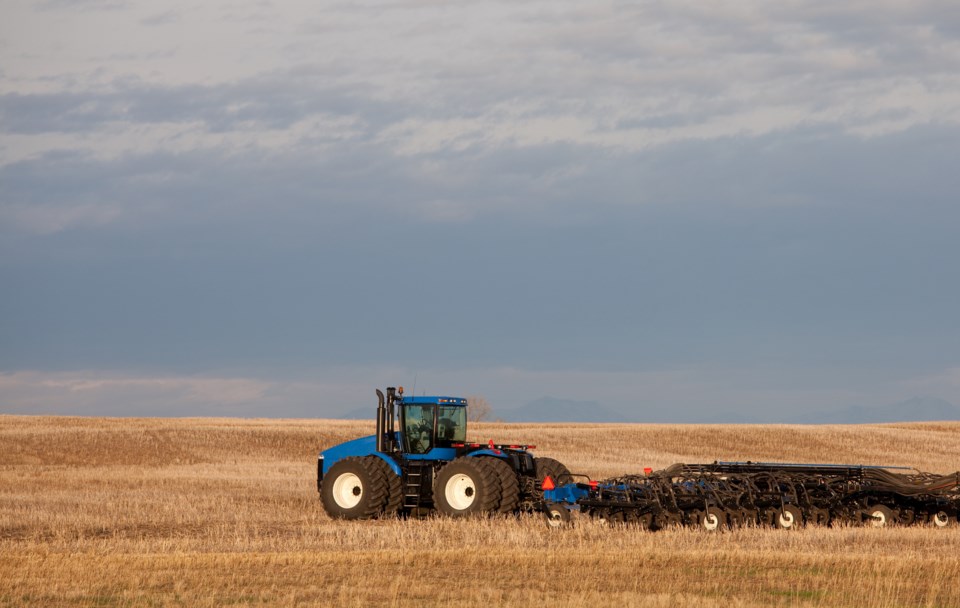OUTLOOK - It was another hot, dry week in the west central as many producers missed out on the localized showers that dotted the region, according to the crop report for the period of June 6 to 13. With seeding now complete, producers desperately need moisture to ensure their crops continue their development at a proper pace.
More rainfall is certainly needed in the region. The Wilkie area reported the most with 31 mm and the Kindersley area with 20 mm, producers are noting that some fields received higher rainfall amounts in the range of two to three inches much like other regions of the province. Cropland topsoil moisture is rated as 60 per cent adequate, 35 per cent short and five per cent very short. Hay and pasture land topsoil moisture is rated as 40 per cent adequate, 49 per cent short and eleven per cent very short.
Regionally, 93 per cent of the fall cereals, 78 per cent of the spring cereals, 77 per cent of the oilseed crops and 82 per cent of the pulse crops are at their normal stages of development for this time of year. The region had more adequate moisture this spring than previous years and this has resulted in the crop being able to have a strong start to its growth cycle. More rain will be needed or else the crop will reverse and begin to rapidly decline in the dry, hot growing conditions. Crop conditions range from fair to excellent in the region, with 74 per cent of the durum, 58 per cent of the canola and 66 per cent of the lentils in good condition at this time.
The majority of crop damage this week was due to localized flooding, hail, wind and insect pests such as flea beetle, grasshoppers and cutworms. Producers have been very active in their attempts to keep insect pressure low in their crops to minimize damage.




